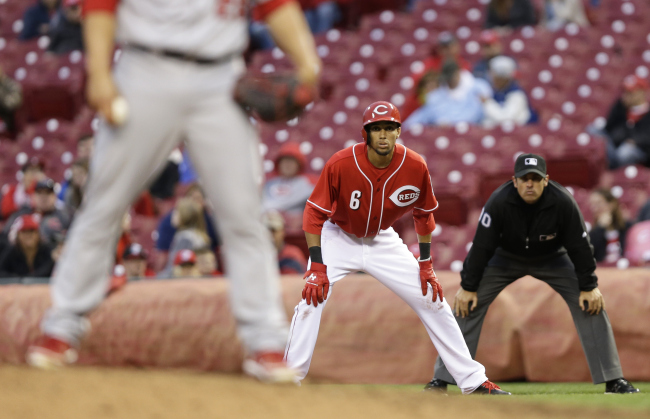Recognize abnormal
June 9, 2014 by Coach McCreary
Filed under Mental Side
When a coach or player is said to have good instincts, there are many things one can point to as proof. In my opinion, most of it involves good “situational awareness.” In other words, a good sense of what is happening around them. A mother “with eyes on the back of her head” is an example. A teacher who can see problems developing and cut them off before they actually become problems is
another.
In both examples, the person recognized something abnormal in their environment and was able to deal with it quickly. In order to do that, however, they had to have a good understanding of what “normal” was for that situation, person, or environment.
It’s the same in baseball. Players and coaches have to pay close attention to opposing players and coaches to get a clear understanding of what their “normal” is. When that occurs it is much easier to recognize abnormal.
Here are some situations that, if you are paying attention before and during the game, you can recognize abnormal and predict what might be coming:
- A coach who has a standard set of signs at third base and then brings out a new sign with a runner on third late in the game. A squeeze may be coming.
- A batter who normally stands in the back of the box and then stands in the front of the box his next at-bat. A bunt is probably coming.
- A catcher who keeps his signal hand down for a few seconds until the pitcher nods who then puts it down and back up quickly with a runner on first. A pitchout (or at least a fastball) is likely.
- A pitcher that normally comes set and immediately looks back at the runner at second base now comes set and continues to stare at the catcher instead. A timing pickoff play at second base is likely.
- A shortstop or second baseman who normally plays a standard double-play-depth distance from the bag now plays closer on one pitch. A pickoff play may be coming.
- A bench that is normally talkative and chatty now becomes quieter when their hitters are up to bat. Somebody may be trying to relay the pitch signs to the batter verbally and needs his teammates to be quieter so he can be heard.
- A bench that is normally talkative and chatty now becomes quieter after the third base coach gives his signs with a runner on third base. A squeeze may be coming and their bench now knows it. They stop talking so they can see if it’s going to work.
- A runner that normally takes about an 8 foot lead standing fairly tall now takes a 10 foot lead and gets down a little lower. A steal may be coming.
All these and many more are things that can be picked up rather easily if you did your work ahead of time. Understanding what normal looks like gives you the ability to recognize abnormal.
Tomorrow’s post: Baseball Hardware vs Baseball Software






Leave a Reply